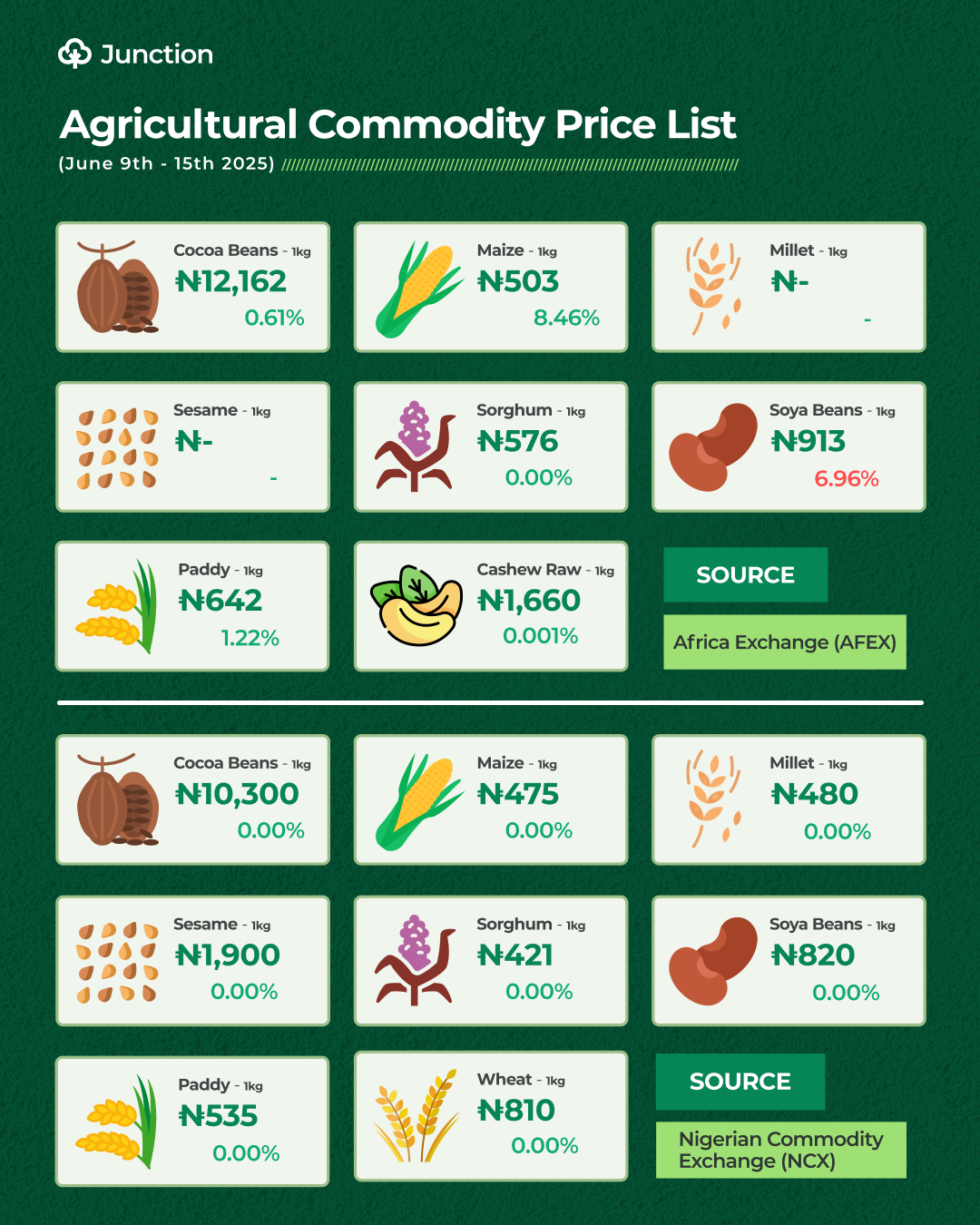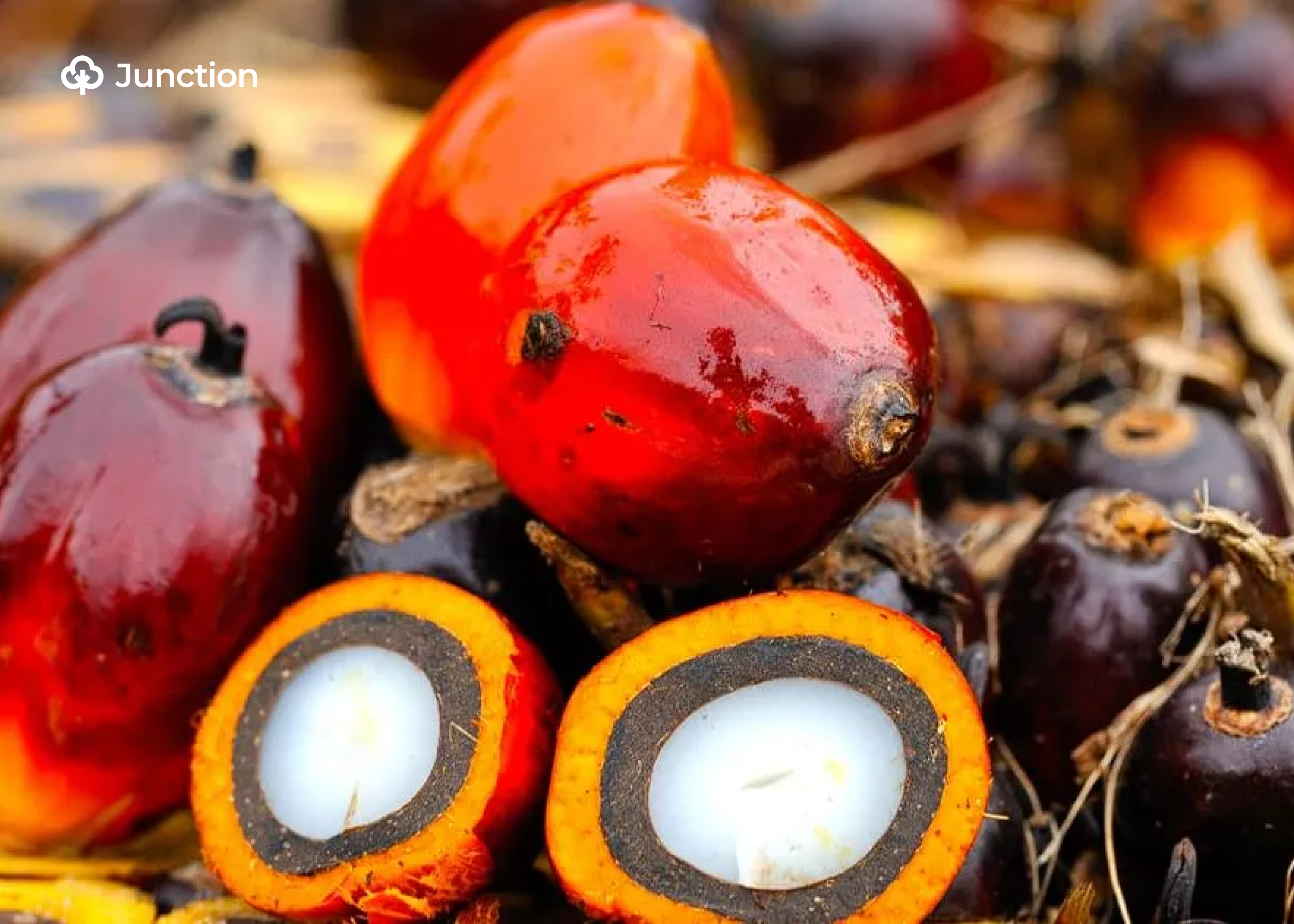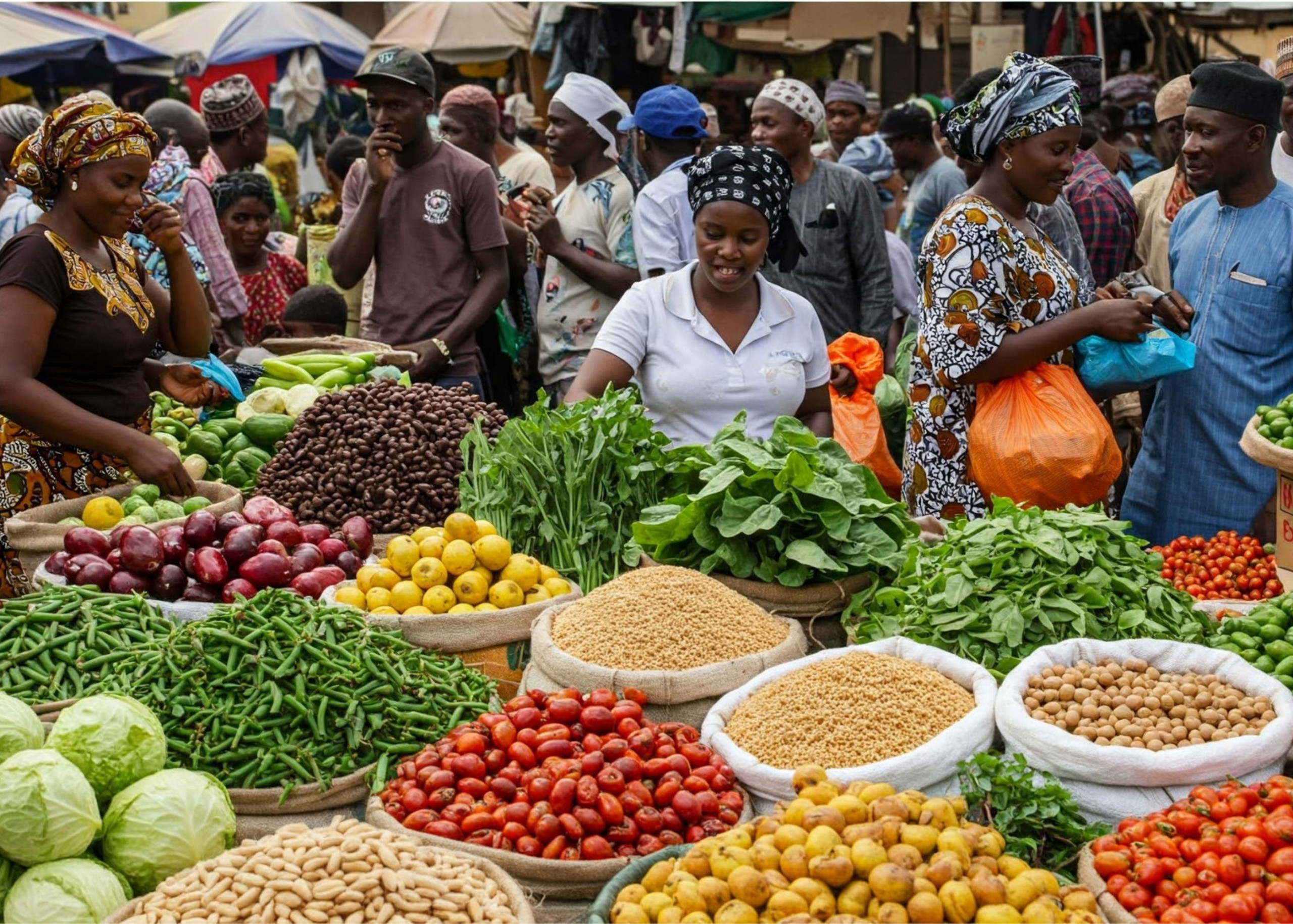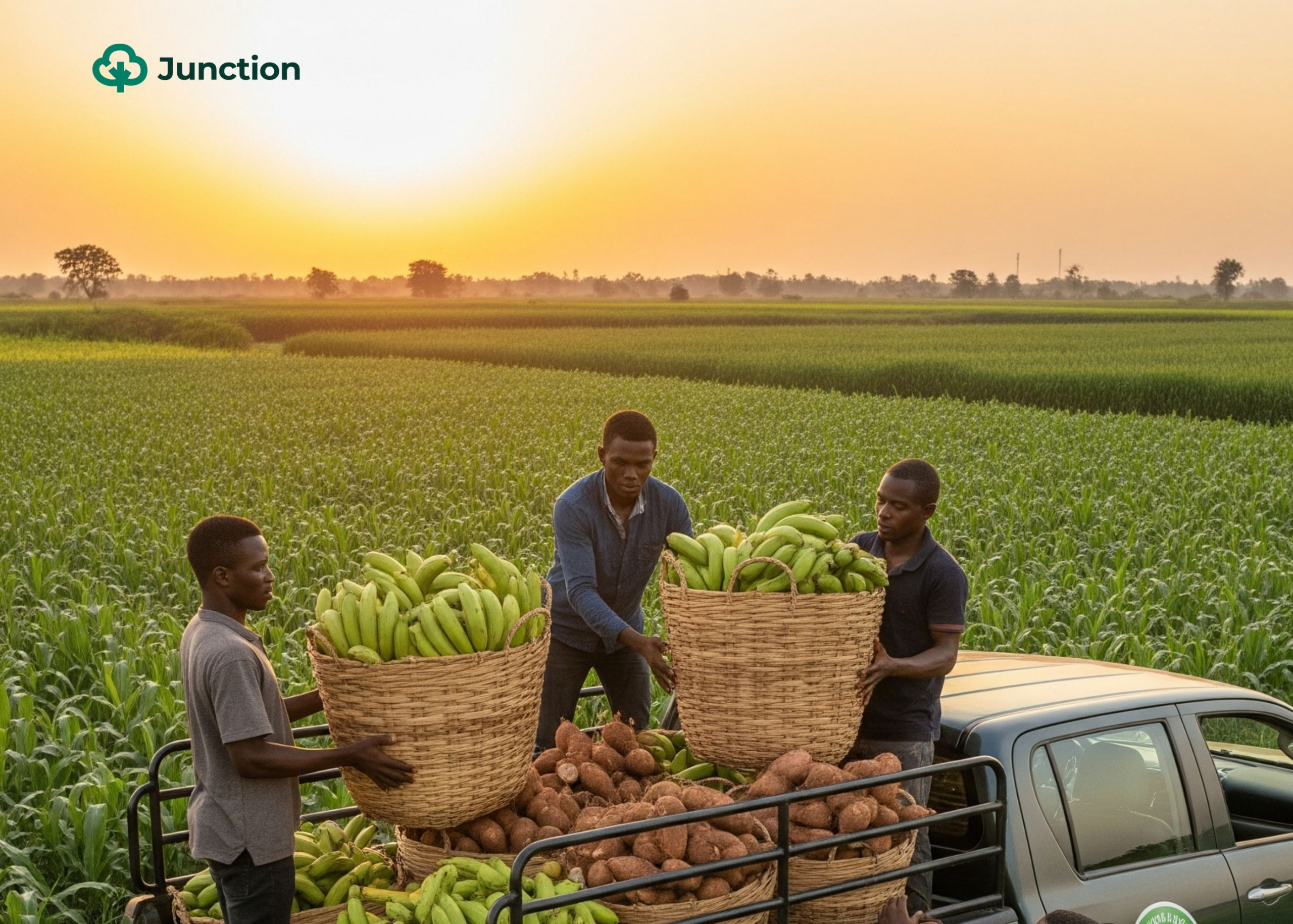News in brief:
– Food prices in Nigeria rose again last week, with key staples like rice, maize, and yam recording significant increases, according to data from the NBS and AFEX.
– The sustained hike is deepening pressure on household budgets and raising concerns about food security amid ongoing inflation.
As Nigerians continue to grapple with rising living costs, food prices are once again heading upward, putting additional pressure on household budgets and market stability across the country.
According to multiple reports, the prices of food and food commodities rose last week, with raw maize and processed rice leading the surge.
Data from the National Bureau of Statistics (NBS) food item index showed a 3.06% increase, as falling prices in some items failed to offset the sharper hikes in others.
Imported and local rice prices surged by 1.79% and 1.94%, respectively. Brown beans also became more expensive by 1.45%, while white beans dropped by 0.95%. Yam tubers went up by 1.27%, sorghum by 0.90%, and soya beans recorded a slight rise of 0.12%.
On the flip side, some staples saw slight relief: garri prices dropped by 1.50%, while yellow maize and white maize declined by 1.28% and 0.70%, respectively.

The AFEX food commodity price index reported a similar trend, showing an overall 3.33% rise during the same period. Notably, maize prices surged by 8.46%, soybeans fell by 6.96%, and paddy rice edged up by 1.22%.
Cocoa beans continued their price rebound, recording a five-week recovery after significant losses earlier in May. It is now trading above ₦12,000 per kilogram.
For millions of Nigerian families, especially those in urban centres and food-insecure regions, the fluctuations in staple food prices can mean the difference between a full plate and a skipped meal.
While some commodities are showing signs of stability, the sustained increases in rice, maize, and yam underline the urgent need for deeper investments in agricultural productivity, storage, and market access. As inflation bites deeper, all eyes remain on food policy responses and harvest outcomes in the weeks ahead.



